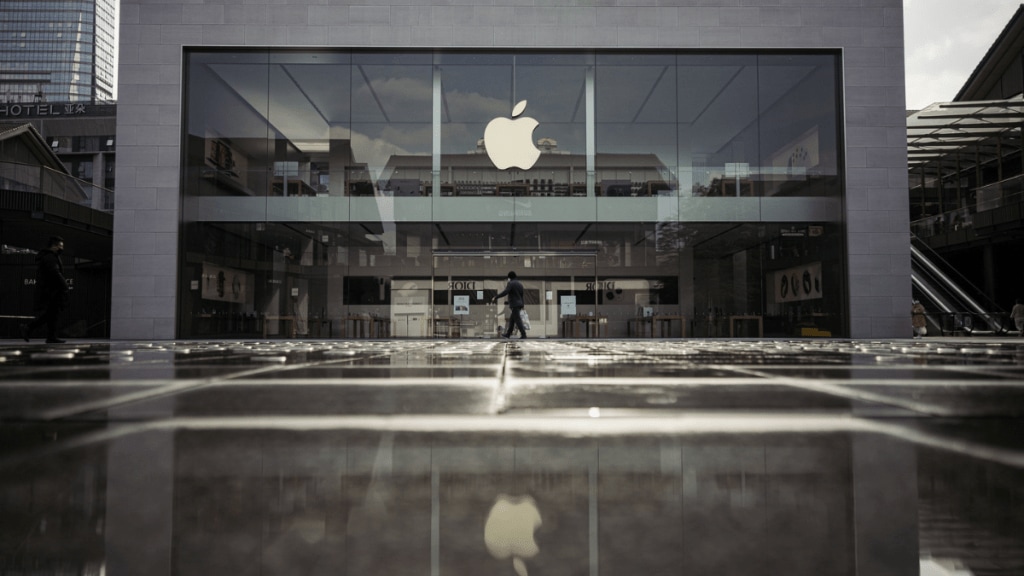Bill Atkinson passed away at the age of 74 years owing to pancreatic cancer. As a mark of paying homage to one of the early Apple geniuses who played a vital role in designing the future of computers and previewing the World Wide Web, Apple CEO Tim Cook put out a post on X, saying, “We are deeply saddened by the passing of Bill Atkinson. He was a true visionary whose creativity, heart, and groundbreaking work on the Mac will forever inspire us. Our thoughts are with his loved ones.”
Atkinson, popularly known as employee number 51 at Apple, was one of the brilliant minds that shaped not only the future of Apple but the computer industry in general. Although Atkinson was known for his work on nature photography, his name was forever linked to the Macintosh – an icon of the 1980s that revolutionised the way we looked at computers.
Had it not been for Steve Jobs, the ex-Apple founder and CEO, Atkinson would have pursued Ph.D in neurobiology and may have gone on to do different things. However, the field of computers was his calling and if it wasn’t for him, the world wouldn’t have experienced the graphical user interface (GUI) on computers early in the 1980s. Atkinson’s work on user interfaces made the Macintosh an icon of the technology industry.
Although Atkinson’s life history would demand a long chapter of its own, here’s a brief insight into the achievements of Atkinson and how his work affected the world.
Bill Atkinson and his achievements:
Pioneer of graphical interfaces
Atkinson was a principal designer and developer of the graphical user interfaces for both the Apple Lisa and the original Apple Macintosh computers. He is credited with inventing numerous GUI elements that modern computing can’t do without. These include pull-down menus, double-click to open files, folders and applications, the Selection lasso for selecting irregular shapes in graphics programs and the “Marching ants” animated dotted lines to indicate a selected.
QuickDraw
He programmed QuickDraw, a revolutionary graphics library that enabled the Macintosh’s distinctive visual interface, displaying icons, windows, and a “desktop” metaphor. QuickDraw’s efficiency was crucial for the Mac’s success.
MacPaint
Atkinson also created MacPaint, a popular digital drawing program bundled with the original Macintosh, which introduced features like the “tool palette”, which is now standard in many graphic design applications.
HyperCard
Atkinson conceived, designed and implemented HyperCard, an early and influential hypermedia system that allowed non-programmers to create interactive media by linking “cards” containing text, images, and video. It is considered a significant precursor to the World Wide Web.
Magic Slate
Atkinson also worked on a tablet-like device, which was internally called the Magic Slate. It was essentially a slim tablet device with a high resolution touchscreen that could be controlled by a stylus of swipe gestures. Sadly, the Magic Slate project ended due to the technological limitations of its time and some of its features were brought over to the Mac.
In the later part of his career, Atkinson left Apple in 1990 and co-founded General Magic. Here, he worked with his team to create personal communicator devices, which were considered the early forms of smartphones. He also worked with Numenta on computer intelligence.








